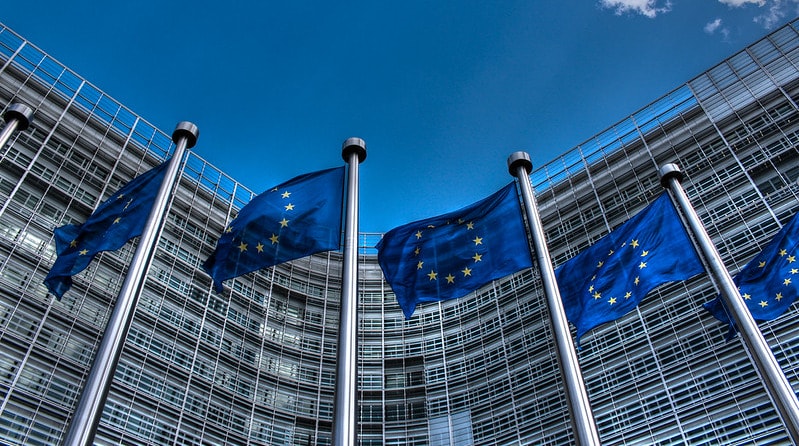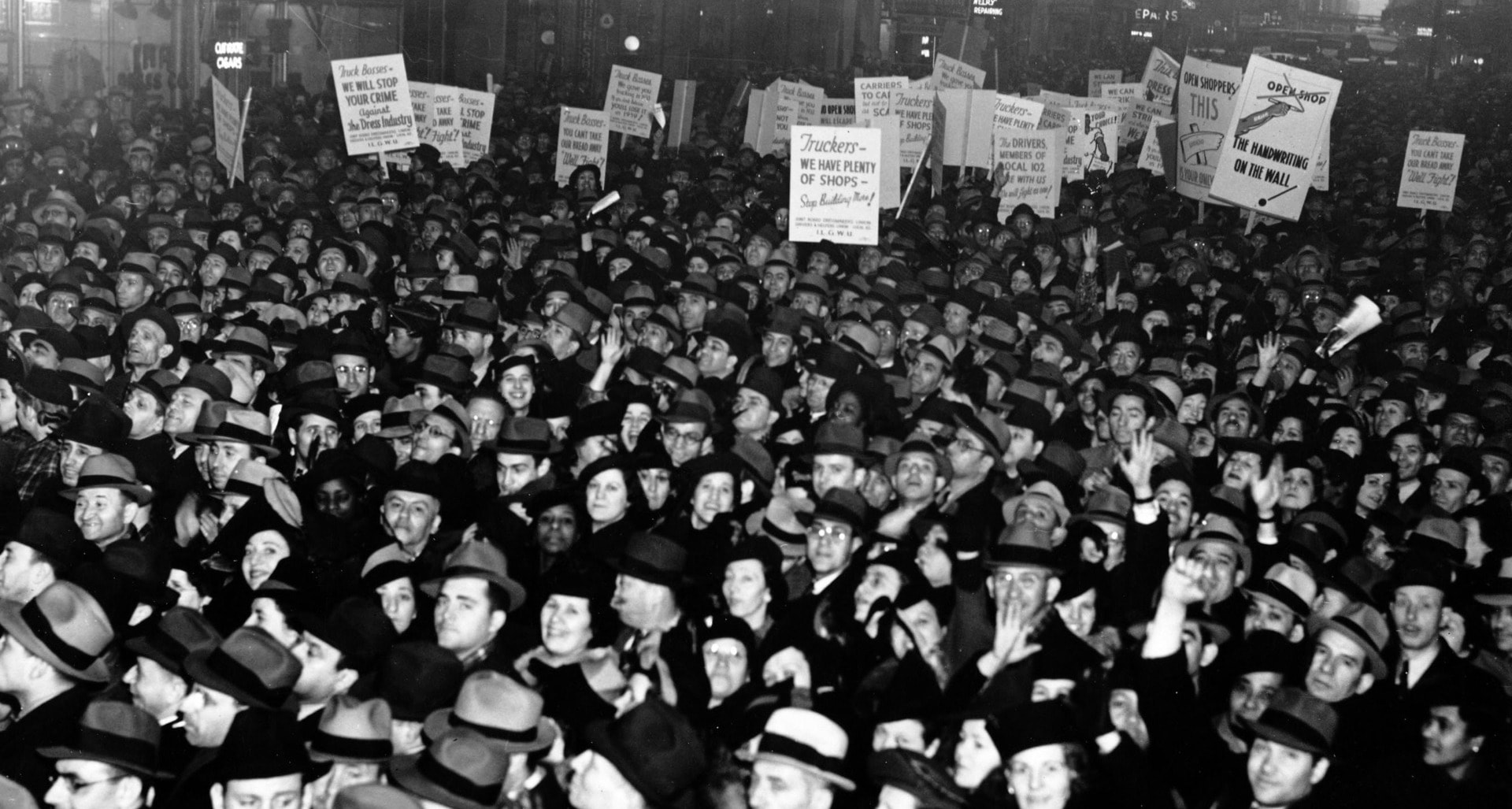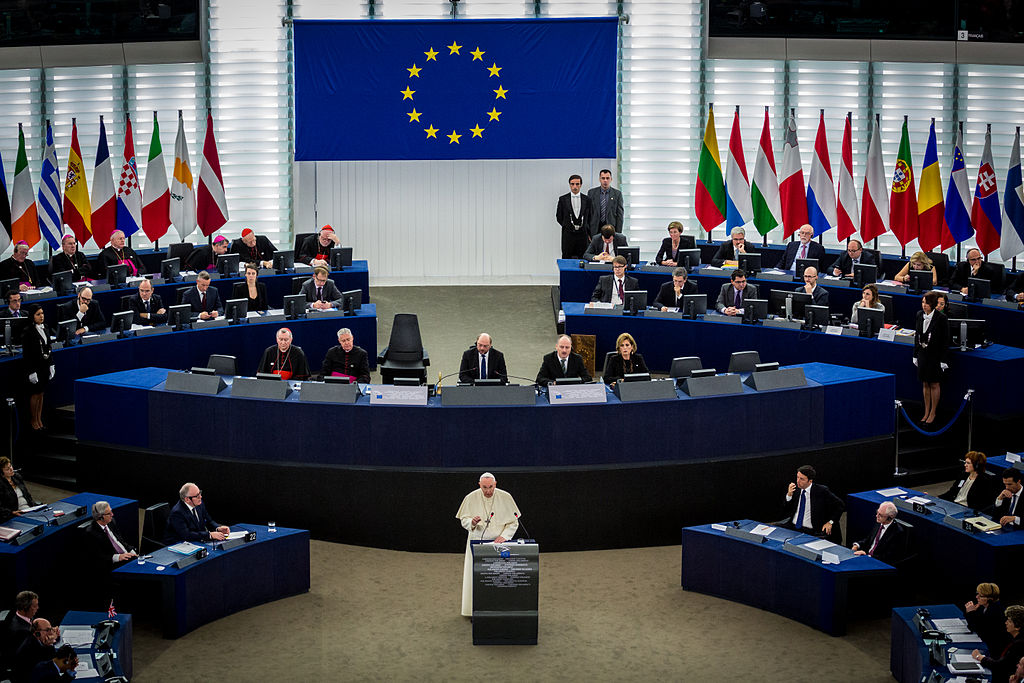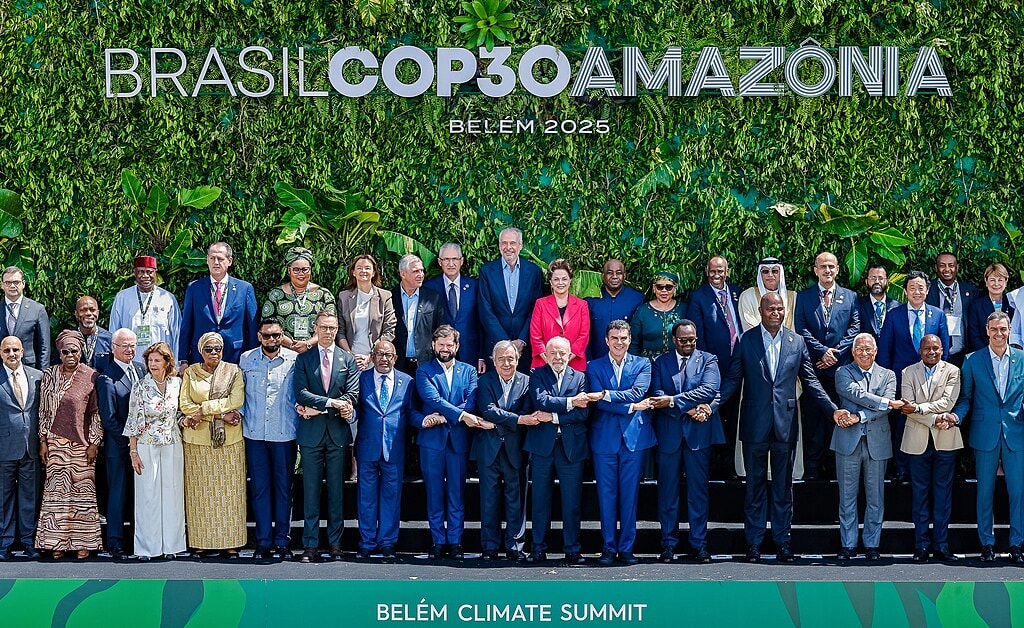Although many European countries reduced their reliance on Russian gas following the invasion of Ukraine and the sanctions against Russia, a significant proportion of the European Union’s gas still comes from Russia, with over a third of it arriving through the Nord Stream 1 (NS1) pipeline that runs along the bed of the Baltic Sea to Germany and beyond.
The NS1 gas flow, which was cut to 40% capacity in June, is currently halted as the pipeline is undergoing 10 days of annual maintenance that is scheduled to finish on Thursday, July 21. The flow of gas should resume then, but concern has been raised (justifiably) that Russia may extend the disruption.
Gazprom’s “Force Majeure”
On Monday, July 18, Russia’s Gazprom told European buyers in a letter that the gas supply halt is beyond its control and that it cannot guarantee gas supplies due to “extraordinary” circumstances. In the context of the ongoing war, this has been interpreted by European diplomats as economic “tit-for-tat” in which Russia’s Gazprom energy exports are politically motivated.
In its letter (dated July 14), Gazprom declared a “force majeure” clause, which essentially releases it from its legal obligations under extreme circumstances. It’s also known as an “act of God” clause and in Gazprom’s case, it has been declared retrospectively, accounting for all gas flow disruptions since June 14 (when Gazprom cut NS1 capacity to 40%).
The declaration, however, does not necessarily mean that Gazprom will stop deliveries following the maintenance break; it means that it should not be held responsible if it fails to meet contract terms.
BREAKING:
Gazprom has declared force majeure on gas supplies to Europe to at least one major customer (Germany) starting June 14.
The company has thus decided to void itself from all contractual obligations.
Gas will stop flowing to Germany through Nord Stream 1 indefinitely. pic.twitter.com/d80nHcYbXJ
— Visegrád 24 (@visegrad24) July 18, 2022
To Hans van Cleef, senior energy economist at ABN Amro, the force majeure clause “sounds like a first hint that the gas supplies via NS1 will possibly not resume after the 10-day maintenance has ended.”
“Depending on what ‘extraordinary’ circumstances have in mind in order to declare the force majeure, and whether these issues are technical or more political, it could mean the next step in escalation between Russia and Europe/Germany,” van Cleef said.
Gazprom blamed the complications on the delayed return of a Siemens NS1 gas turbine from maintenance in Canada. On July 17, Russia’s Kommersant newspaper reported that Canada had sent the turbine to Germany by plane after it had been repaired, which they claimed is crucial to NS1 restarting.
In the best case scenario, it would take another five to seven days (from July 17) for the turbine to reach Russia’s Portovaya compressor station, which would mean the equipment would arrive in Russia around July 24. Then it would need another three days of preparation work.
However, a spokesperson from the German Federal Ministry of Energy and Economic said that the turbine was in fact a replacement part only supposed to be used from September onwards, implying that its delayed return is not the real reason for the fall-off in NS1 gas flows. Gazprom and the Russian energy ministry have remained silent on this matter.
Moscow has refuted such claims, insisting that they face real maintenance issues. On Wednesday, however, Russian President Vladimir Putin said that the NS1 capacity could be further reduced due to problems with other pumping units, one of which needs to be sent for maintenance on July 26.
Europe prepares for the worst
This contradiction added to fears in Europe that Russia will not restart the pipeline at the end of the maintenance period in response to the sanctions that have been imposed. If Russia extends the maintenance period on NS1, Europe’s gas storage situation this winter will become very vulnerable, threatening to tip Europe into recession.
German network regulator Klaus Muller confirmed the fears:
“Nord stream has informed us as is customary, however, what happens once the maintenance is done remains to be seen. No-one can predict that. Is it maintenance, which is over in 10 days or earlier, or later? Unfortunately, we have to wait and see.
Responding to the prospect of these fears coming true, the European Commission set out an emergency voluntary target for countries to cut their gas use by 15% from August until March, compared with their average consumption levels for the same period throughout 2016-2021.
The target came as a warning: Without cuts now, the EU could struggle for energy during winter, especially if Russia cuts off supply further; filling gas storage for winter is therefore a priority.
Measures suggested for governments to curb gas use include auctions for compensation to industries that cut gas use and limits on temperatures in public buildings.The target could also become mandatory if the EU declares a substantial risk of severe gas shortages with majority approval.
EU country diplomats are set to discuss this plan on Friday, with the aim of then approving it at an emergency meeting of countries’ energy ministers on July 26. If successful, member states would have to update their emergency gas plans by late September to outline how they will meet the EU target.
Some countries, such as Poland, which has already filled its gas storage to 98% capacity, are not keen on the idea, feeling that their contingency plans do not need a boost from the EU. However, the International Monetary Fund issued a warning last week that a Russian gas cut could plunge European economies into recession, and so the measure is likely to pass.
Russia is using gas as a weapon.
We have to address our energy security at EU level.
We learnt from the pandemic that if we act in unity, we can address any crisis.
So let's act together to reduce gas use and provide a safety net for all EU countries. https://t.co/Or53o1Acer
— Ursula von der Leyen (@vonderleyen) July 20, 2022
Not all are worried however
On Monday Austrian oil and gas company OMV said that it expected NS1 pipeline gas flow to resume as planned after the cut.
Two Russian sources familiar with the export plans also told Reuters, on condition of anonymity, that NS1 gas flows are likely to restart on time on Thursday, but below its full capacity of 160 million cubic metres (mcm) per day.
“They [gas exports] will return to the levels seen before July 11,” said one of the sources.
Regardless, due to the war and the unreliability of Russian gas, as reflected in the EU’s accusations of Russia using gas as a political and economic weapon, the EU has made clear its aims to stop using Russian fossil fuels by 2027 and has come up with a comprehensive set of plans to do that.
But in the meantime, Europe needs Russian energy.
Editor’s Note: The opinions expressed here by Impakter.com columnists are their own, not those of Impakter.com. — In the Featured Photo: Gazprom container, Russia. Featured Photo Credit: Flickr.













